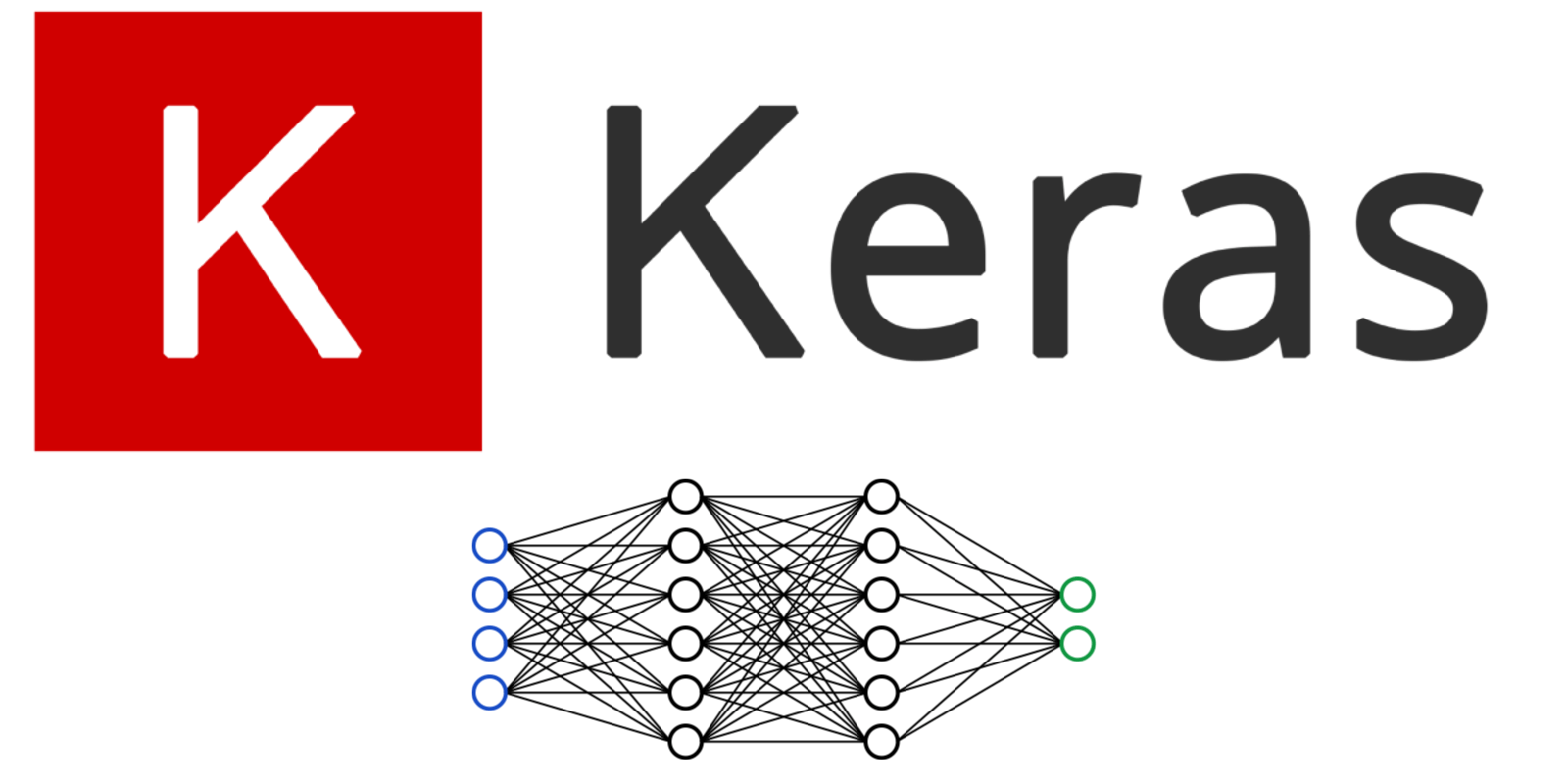Inception of Keras
Keras originated as a high-level neural networks API, designed to be user-friendly, modular, and extensible. Developed by François Chollet, Keras initially served as a user interface for the Theano and TensorFlow libraries. Its simplicity and focus on ease of use quickly garnered attention, leading to its incorporation as the official high-level API of TensorFlow.
Keras Architecture: Bridging Simplicity and Power
Keras is celebrated for its clean and intuitive syntax that shields developers from the complexities of low-level operations. At its core, Keras allows users to define, compile, and train neural networks with minimal code, promoting rapid prototyping and experimentation. Explore the layered architecture of Keras and how it seamlessly integrates with backends like TensorFlow and Microsoft Cognitive Toolkit (CNTK).
Versatility in Deep Learning Applications
Keras has demonstrated exceptional versatility in various deep learning applications. Whether tackling image classification, natural language processing, computer vision, or reinforcement learning, Keras provides a flexible framework that adapts effortlessly to a myriad of use cases. Its adaptability has contributed to its widespread adoption across industries.
Integration with TensorFlow:
The integration of Keras as the official high-level API for TensorFlow has further streamlined neural network development. This collaboration ensures a seamless experience for developers, offering a cohesive environment for building, training, and deploying models.
Challenges and Future Developments:
While Keras has undoubtedly simplified the neural network development process, challenges such as scalability and integration with emerging technologies persist. Ongoing efforts within the community are focused on addressing these challenges and enhancing Keras’ capabilities for future applications.

